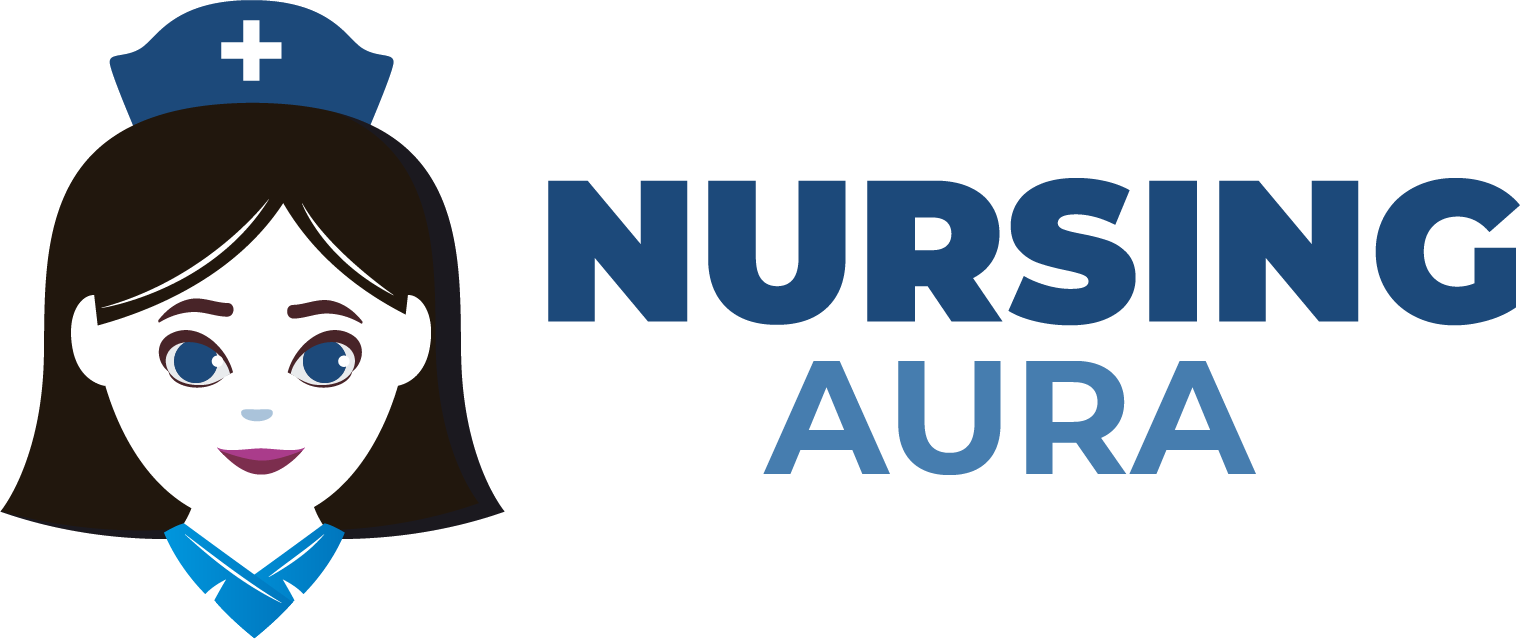Nursing includes acute care and long-term care for varied patient requirements and healthcare environments. Acute care nurses treat critically sick and injured patients immediately. Emergency department nurses are educated to manage urgent circumstances, give drugs, monitor vital signs, and collaborate with other healthcare experts to stabilize patients and provide quick treatments. Acute care nurses need creativity, adaptability, and decision-making abilities to work quickly.
However, long-term care nursing provides complete support and medical aid to patients with chronic diseases, impairments, or age-related health demands. Assistance with everyday tasks, medicine administration, and patient well-being are their duties.
Acute and long-term care nursing differ in duration and severity. Short-term treatments and severe conditions are handled by acute care nurses. While long-term care nurses handle patients’ long-term health requirements gradually and consistently. Acute care nurses work with experts and interdisciplinary teams to address difficult situations, whereas long-term care nurses rely on long-term connections and patient well-being.
Acute care and long-term care nursing are quite different yet equally important. Acute care nurses stabilize patients quickly and intensively in highly stressful settings. Chronic disease patients receive continuing support from long-term care nurses, instilling quality of life and well-being. Healthcare providers must understand these nursing disciplines to choose the best treatment for patients.
| S.No. | Aspect | Acute Care Nursing | Long-Term Care Nursing |
| 1 | Setting | Typically in hospitals or specialized care facilities | In nursing homes, assisted living, or home settings |
| 2 | Duration of Care | Short-term, focused on immediate medical needs | Long-term, often providing ongoing support |
| 3 | Patient Condition | Patients have acute, severe, or life-threatening illnesses | Patients have chronic conditions or disabilities |
| 4 | Care Intensity | High intensity, rapid interventions often required | Lower intensity, focus on maintaining stability |
| 5 | Staff-Patient Ratio | Lower staff-patient ratio due to acute needs | Higher staff-patient ratio for personal care |
| 6 | Medical Equipment | Extensive use of medical equipment and technology | Less reliance on complex medical equipment |
| 7 | Shift Work | Frequent rotation of shifts for 24/7 coverage | Typically regular daytime shifts |
| 8 | Care Team Composition | Multidisciplinary team with specialists | Emphasis on RNs, LPNs, and CNAs |
| 9 | Care Goals | Focused on stabilizing and treating acute conditions | Emphasis on comfort, quality of life, and safety |
| 10 | Care Planning | Care plans often change rapidly | More stable, long-term care plans |
| 11 | Procedures | Frequent use of medical procedures and surgeries | Fewer medical procedures, more activities of daily living |
| 12 | Medication Management | Often involves administering multiple medications daily | Medication management is more routine |
| 13 | Rehabilitation | Short-term rehabilitation services are common | Less emphasis on rehabilitation |
| 14 | Family Involvement | Important, but less continuous involvement | Families are often more actively involved |
| 15 | Education | Patient education on acute conditions | Ongoing education for patients and families |
| 16 | Stress Levels | High stress due to critical conditions | Moderate stress with a focus on long-term care |
| 17 | Admissions | Admissions are often urgent and unplanned | Admissions are typically planned and gradual |
| 18 | Discharge Planning | Focuses on immediate post-acute care needs | More comprehensive discharge planning |
| 19 | Equipment Maintenance | Frequent equipment maintenance and monitoring | Routine maintenance and monitoring |
| 20 | Staff Training | Extensive training in critical care and emergencies | Training emphasizes gerontology and long-term care |
| 21 | Charting | More extensive and frequent charting | Routine charting with an emphasis on care continuity |
| 22 | Patient Turnover | Higher patient turnover due to shorter stays | Lower patient turnover with longer stays |
| 23 | Wound Care | Frequent wound care and management | Routine wound care for chronic conditions |
| 24 | Infection Control | High focus on infection prevention and control | Ongoing infection control measures |
| 25 | Diagnostic Testing | Frequent diagnostic testing and monitoring | Less frequent diagnostic testing |
| 26 | Emergency Response | Constant readiness for emergencies and code situations | Emergency response training is less intensive |
| 27 | End-of-Life Care | Less emphasis on end-of-life care | More emphasis on end-of-life and palliative care |
| 28 | Independence Promotion | Less focus on promoting patient independence | Focus on maintaining or improving independence |
| 29 | Meals and Nutrition | Meal planning less individualized | More individualized meal planning |
| 30 | Communication | Emphasis on clear and concise communication | Communication includes longer-term relationships |
| 31 | Documentation | Extensive documentation of acute interventions | Documentation emphasizes long-term care progress |
| 32 | Physical Therapy | Often part of rehabilitation plans | Focus on maintaining mobility and function |
| 33 | Safety Measures | Strict safety protocols due to acute conditions | Safety measures focus on fall prevention, etc. |
| 34 | Emotional Support | Provided but may have less time for emotional support | Emphasis on emotional support and companionship |
| 35 | Specialized Care Units | Various specialized care units (ICU, ER, etc.) | Fewer specialized care units |
| 36 | Emergency Transfers | Frequent transfers for emergencies | Transfers are less frequent |
| 37 | Patient Advocacy | Advocacy often related to immediate medical needs | Advocacy includes long-term care planning |
| 38 | Skill Mix | Highly skilled staff with specialized expertise | Skilled staff with a broad range of expertise |
| 39 | Pressure Ulcer Prevention | Focus on prevention due to immobility | Emphasis on prevention but lower risk |
| 40 | Staff Stress Management | High stress management due to acute crises | Moderate stress management with an emphasis on coping |
| 41 | Medication Errors | Greater potential for medication errors | Lower potential for medication errors |
| 42 | Rehabilitation Goals | Focus on achieving functional improvement | Emphasis on maintaining current function |
| 43 | Patient Advocacy | Advocacy often related to immediate medical needs | Advocacy includes long-term care planning |
| 44 | Palliative Care | Less focus on palliative care | Emphasis on palliative care and comfort measures |
| 45 | Medication Management | Often involves administering multiple medications daily | Medication management is more routine |
| 46 | Care Plans | Care plans often change rapidly | More stable, long-term care plans |
| 47 | Family Support | Important, but less continuous involvement | Families are often more actively involved |
Frequently Asked Questions (FAQS)
1. Acute care nursing's main focus?
Patients with urgent illnesses or injuries require quick and intensive medical treatment in acute care nursing. Hospital and emergency department nurses are trained to respond quickly, give drugs, monitor vital signs, and work with other healthcare professionals to stabilize patients. Rapid interventions to meet patients’ health requirements are the objective.
2. How does long-term care nursing work?
Patients with chronic diseases, impairments, or age-related health issues receive complete support and medical treatment from long-term care nurses. In nursing homes, assisted living facilities, and home healthcare, nurses improve patients’ quality of life over time. They help patients with everyday tasks, give prescriptions, and offer emotional support, forming long-term connections.
3. Acute care nurses need what skills?
Under pressure, acute care nurses need good decision-making, flexibility, and work ethic. Since acute care is fast-paced and urgent, nurses must be adept in critical thinking, communication, and collaboration. To prioritize duties, handle complex situations, and provide urgent solutions, they must work with other healthcare experts.
4. Which traits do long-term care nurses need?
Nursing long-term care requires compassion, patience, and communication. Over time, they work with patients and their families to preserve well-being and quality of life. Chronically ill people need empathy and rapport to create trust and get continual assistance.
5. Why are acute and long-term care nursing different?
The main differences include care length and intensity. In high-stress workplaces, acute care nurses treat urgent health concerns and intervene quickly. For patients with chronic diseases or impairments, long-term care nursing improves their quality of life over time. Acute care nurses work with experts and handle emergencies, whereas long-term care nurses build connections and prioritize health.

